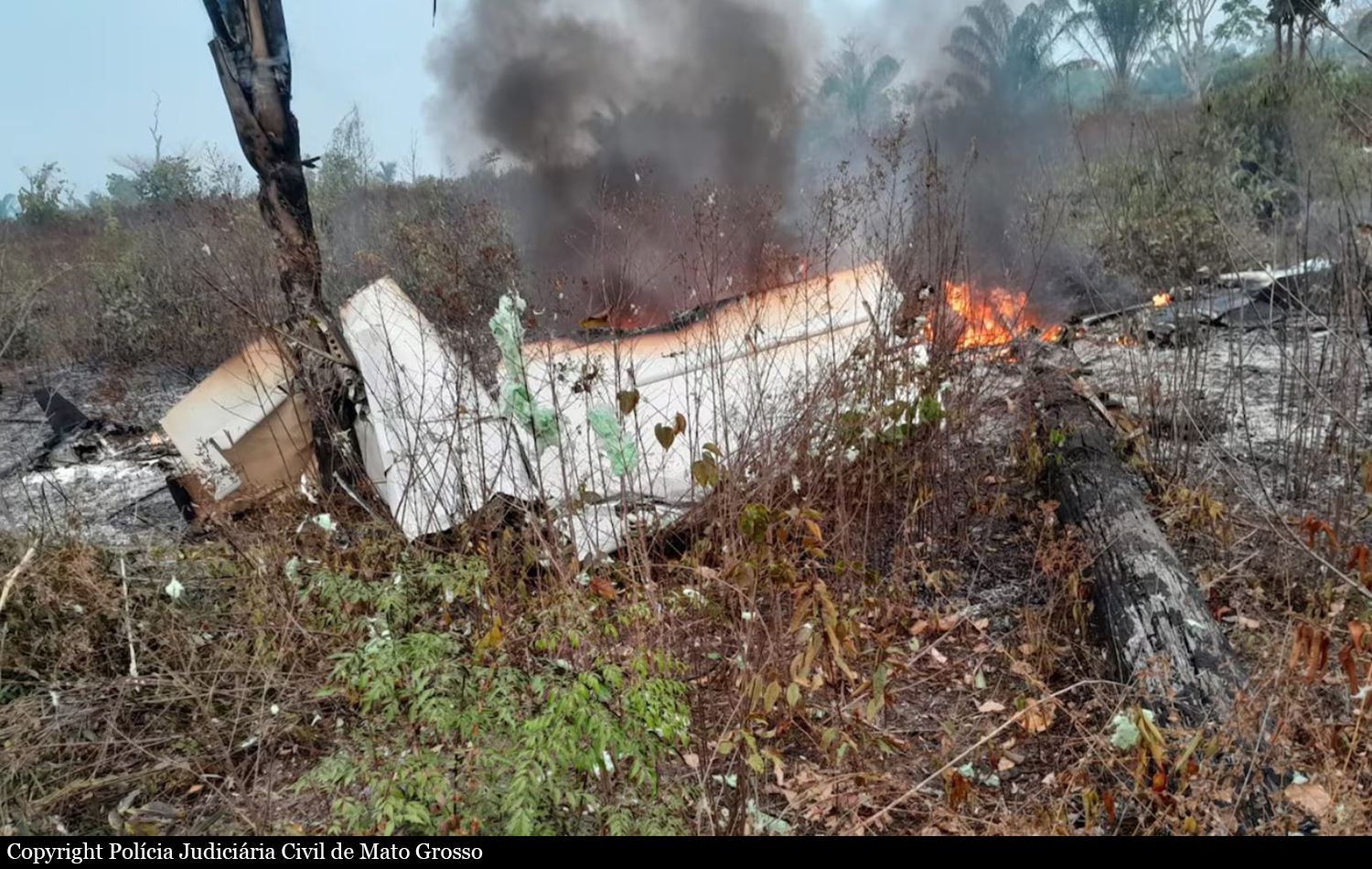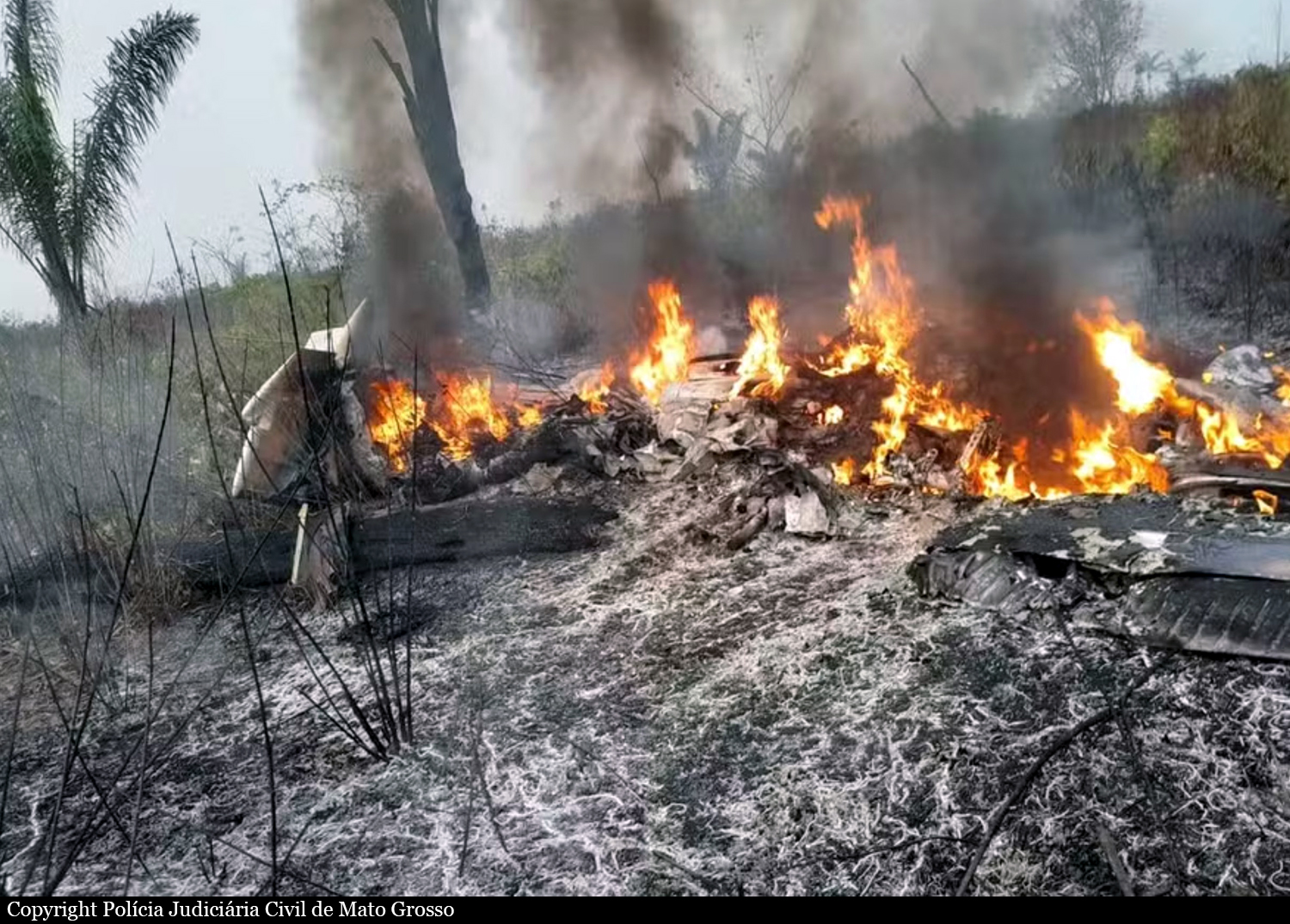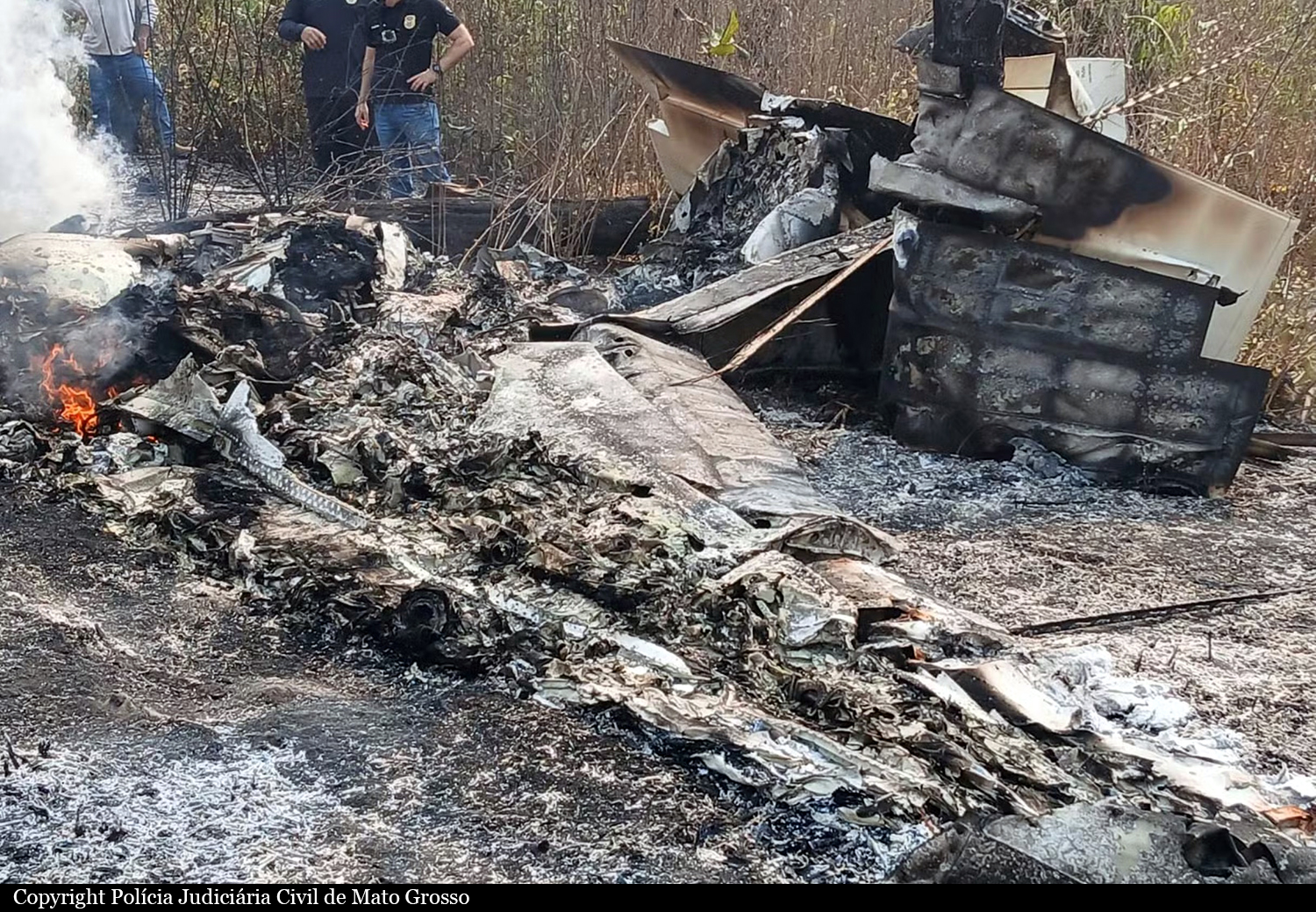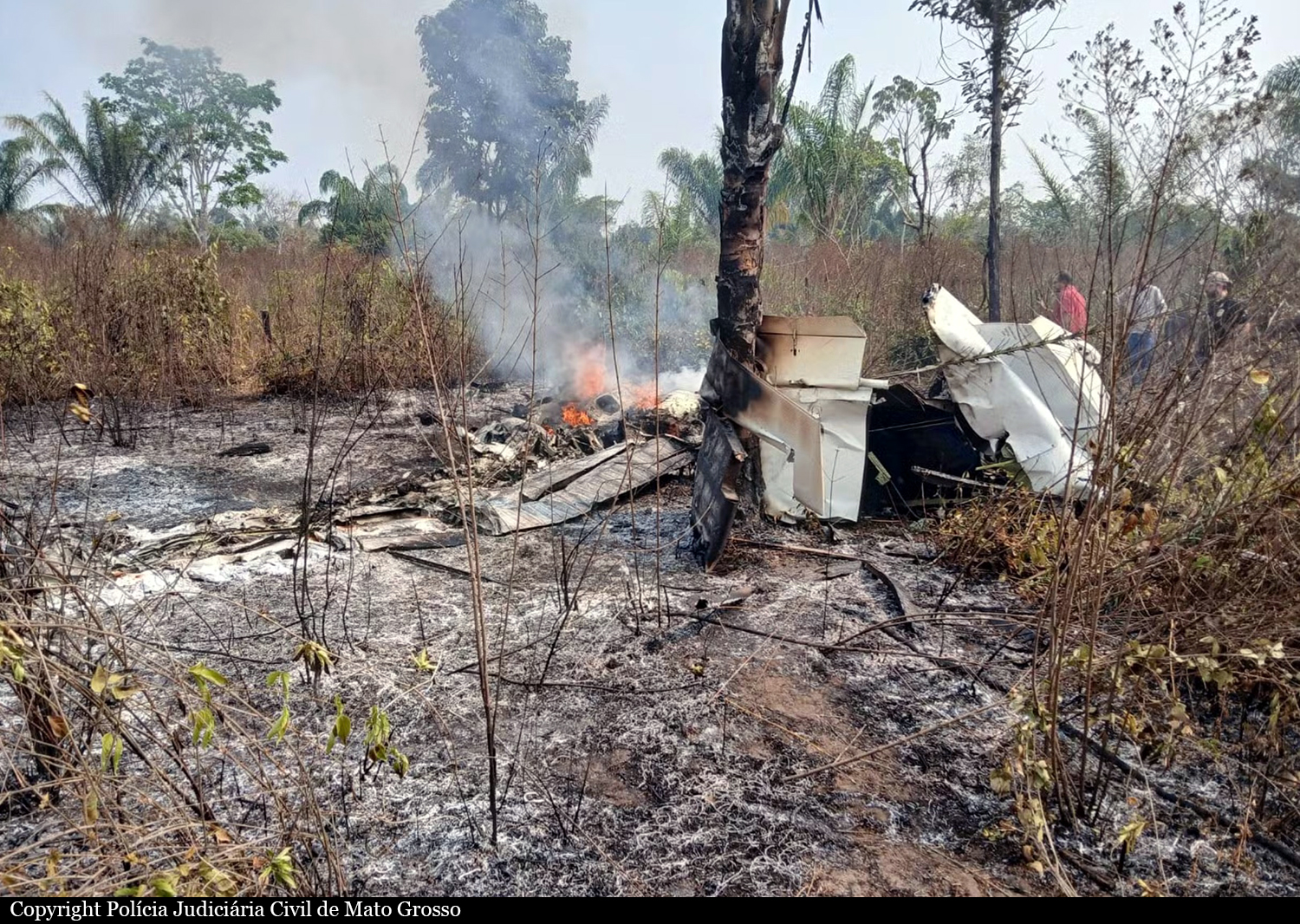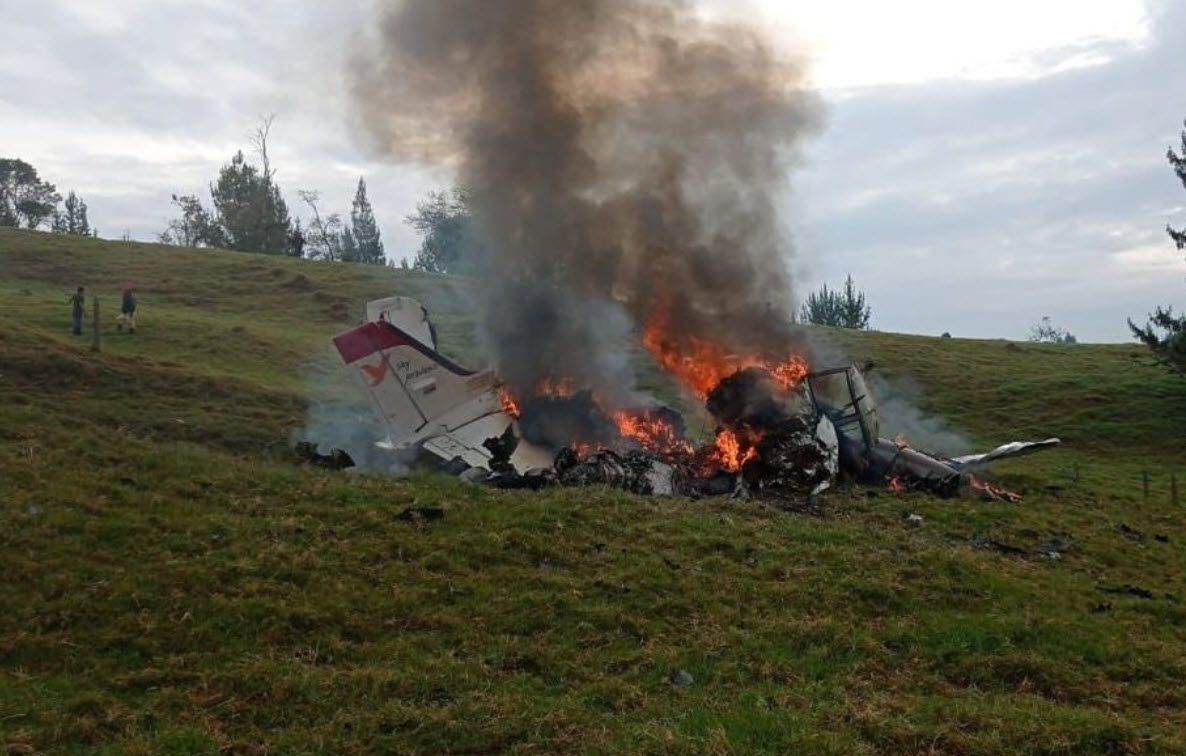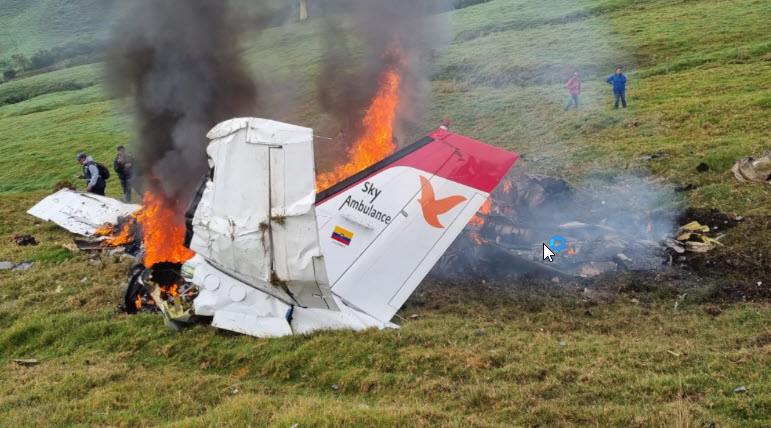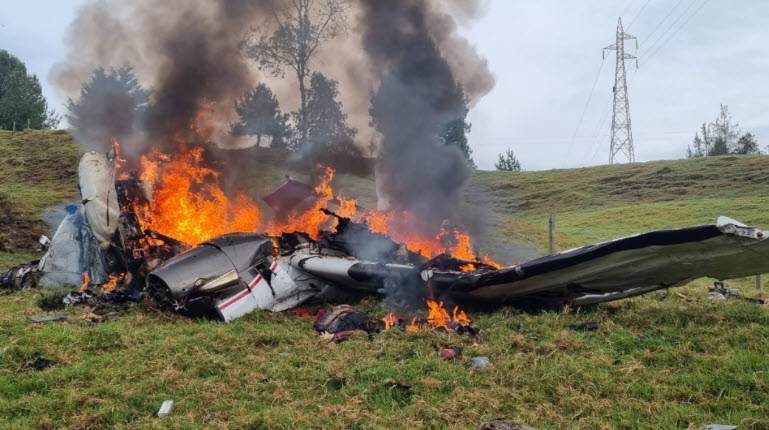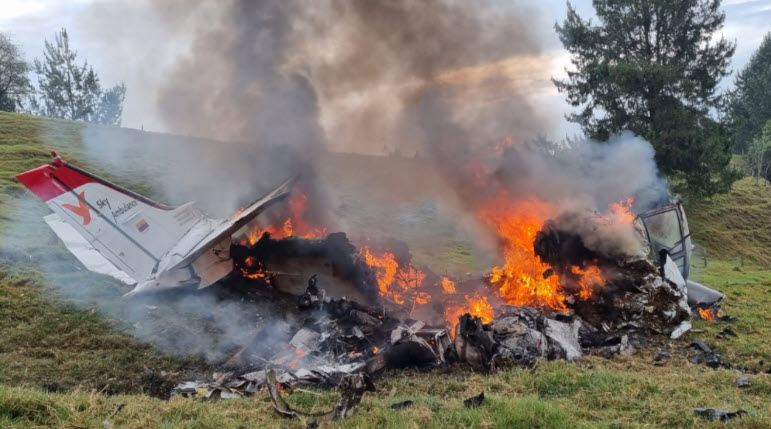Crash of a Beechcraft C90 King Air near Hicks: 2 killed
Date & Time:
Oct 12, 2025 at 1334 LT
Registration:
N291CC
Survivors:
No
Schedule:
Fort Worth - Fort Worth
MSN:
LJ-728
YOM:
1977
Crew on board:
2
Crew fatalities:
Pax on board:
0
Pax fatalities:
Other fatalities:
Total fatalities:
2
Circumstances:
The twin engine airplane departed Perot Field Fort Worth Alliance Airport Runway 16L at 1201LT on a training flight with two pilots on board. After completing several circuits over Nocona and Bowie Airfields, the crew returned to Fort Worth. While cruising at an altitude of 1,000 feet in a left hand turn, the airplane entered an uncontrolled descent and crashed in a trailer parking located about 2,5 km north of Hicks Airfield, bursting into flames. Both occupants were killed.












